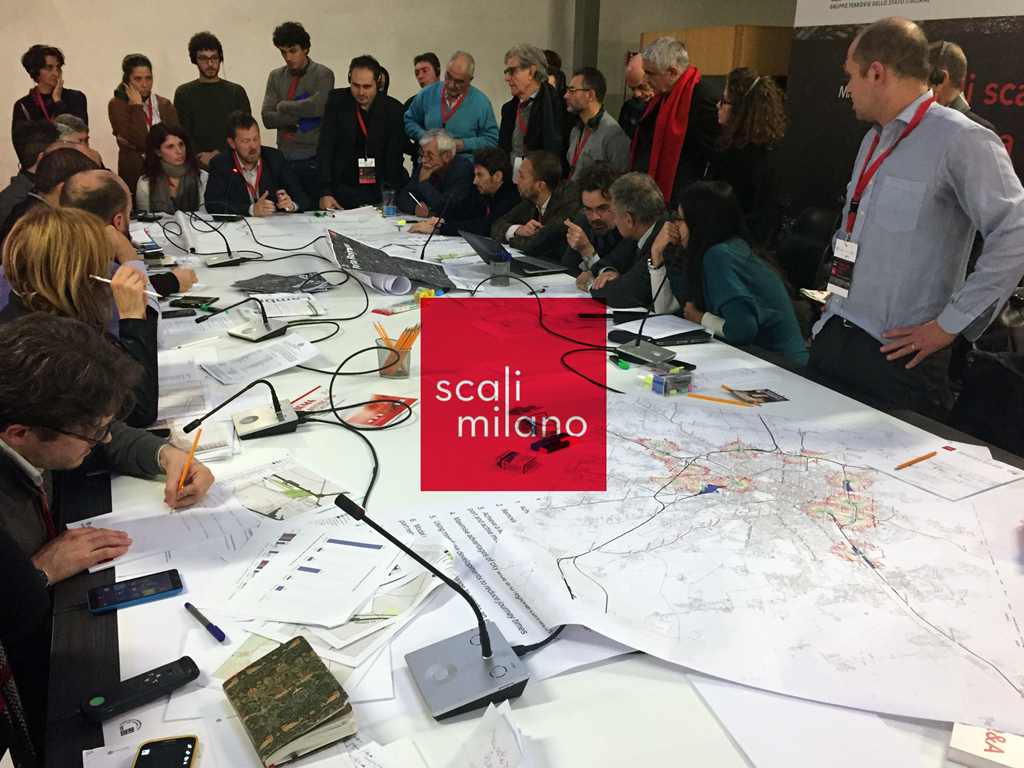Newsroom
Systematica and CZA for Scali Ferroviari Milano

After having supported the definition of the first Program Agreement between the City of Milano and FS Sistemi Urbani in 2009, Systematica is today part of one of the 5 teams, lead by the architectural firm CZA (Cino Zucchi Architetti), invited by FS Sistemi Urbani to formulate a strategic vision for the long-term urban regeneration process of the seven dismissed railway yards of Milano.
With more than 124 ha of urban brownfield, strategically located within the urban fabric of Milano, the requalification of the 7 sites – Farini, Porta Romana, Porta Genova, Greco-Breda, Lambrate, Rogoredo, San Cristoforo – represents a great, unique opportunity to shape the future of the City, contributing to the next phase of urban development of Milano through the delivery of new urban polarities and functions able to respond to current and future needs of the City, as part of a fully-integrated and well-calibrated functional framework at metropolitan scale. Among all planning aspects to be tackled, transport and accessibility represent by far a key dimension called to effectively support the regeneration scheme envisaged for the development of a new system of urban centralities at metropolitan, urban and local scales. To this end, the analytical and planning work of Systematica is mainly concerned with the definition of the most suitable multi-modal transport strategy for each site, with a view to the existing and the future planned metropolitan mobility framework, in order to ensure an adequate level of accessibility as well as connectivity and permeability for new functions and existing neighbourhoods, currently separated by railway infrastructures.
The formulation of guidelines and preliminary regeneration schemes for the 7 sites will be supported by evidence-based analysis on mobility, by making use of the comprehensive and solid internal dataset of Systematica which includes the integrated GIS – transport model platform, the public transport accessibility model, vehicular micro-simulation tools at district-level and many other innovative mapping for multi-dimensional analysis (urban framework, environment, socio-demographic, economy).
More information on Scali Milano can be found on the official website: www.scalimilano.vision
For more information about the project, please visit the dedicated page.